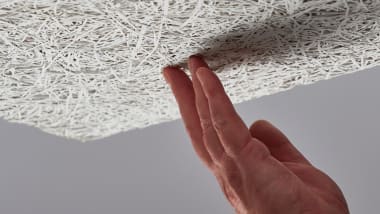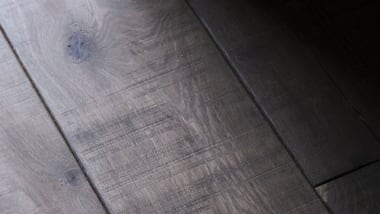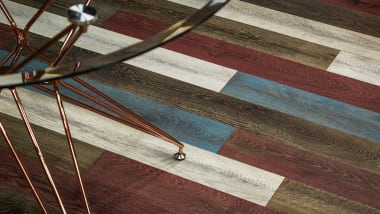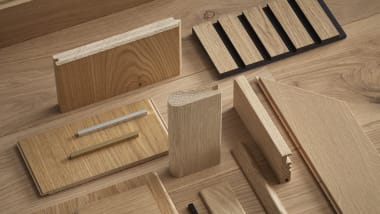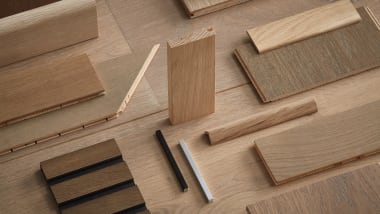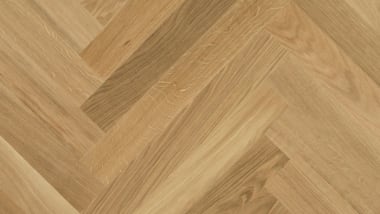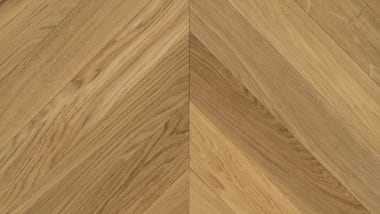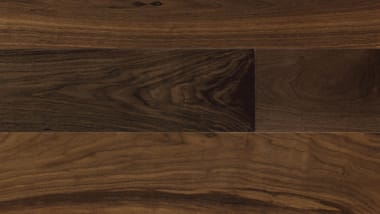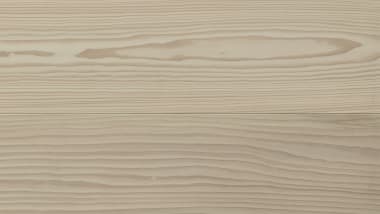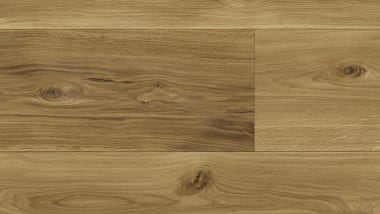Solid Walnut Flooring Installation Guide: What Homeowners Should Know
21 May 2025
Solid walnut flooring is a premium choice for homeowners who seek both beauty and longevity in their interior design. Known for its rich chocolate hues, intricate grain patterns, and natural luster, walnut hardwood flooring creates a luxurious, warm ambiance in any room. At Havwoods, we celebrate the distinctive character and depth walnut offers, making it a standout option for residential and commercial projects alike.
Why Choose Solid Walnut Flooring?
What sets solid walnut wood floors apart is their ability to age gracefully. Over time, the wood subtly lightens and enhances its depth, bringing even more richness to your interior. Its medium hardness makes it comfortable underfoot while still offering durability in low- to moderate-traffic areas.
Whether you’re designing a rustic escape or a sophisticated city apartment, walnut flooring offers versatility that few materials can match.
Understanding the Structure of Solid Walnut Floors
Before jumping into installation, it's essential to understand what you're working with. Solid walnut flooring is made from a single piece of walnut timber, as opposed to engineered wood which has multiple layers. This makes it particularly sensitive to changes in humidity and temperature but offers unparalleled authenticity and a longer potential lifespan when maintained correctly.
Because solid hardwood is typically thicker than engineered options, it can be sanded and refinished multiple times over its life adding to its long-term value.
Pre-Installation: What You Need to Know
Subfloor Preparation
Subfloor condition is critical when installing solid walnut wood floors. The surface must be clean and dry, with no remnants of adhesive, paint, or dust that can interfere with adhesion or leveling. It should also be level within a margin of 3/16 of an inch over a span of 10 feet to prevent dips or uneven pressure on the floorboards.
Moisture content is another critical factor. For wooden subfloors, the difference in moisture between the subfloor and the walnut flooring should not exceed 2%. Concrete slabs must be thoroughly moisture-tested, and if necessary, a high-quality vapor barrier should be installed to prevent future warping or cupping.
Acclimation
Walnut hardwood flooring must acclimate to its environment before installation. The best practice is to leave the unopened boxes of flooring in the room where they will be installed for five to seven days. This allows the planks to adjust to the room’s temperature and humidity, minimizing the risk of future expansion or contraction. Ideally, the room should be kept at a temperature between 60 and 80 degrees Fahrenheit with a relative humidity level of 35 to 55 percent throughout the acclimation and installation process.
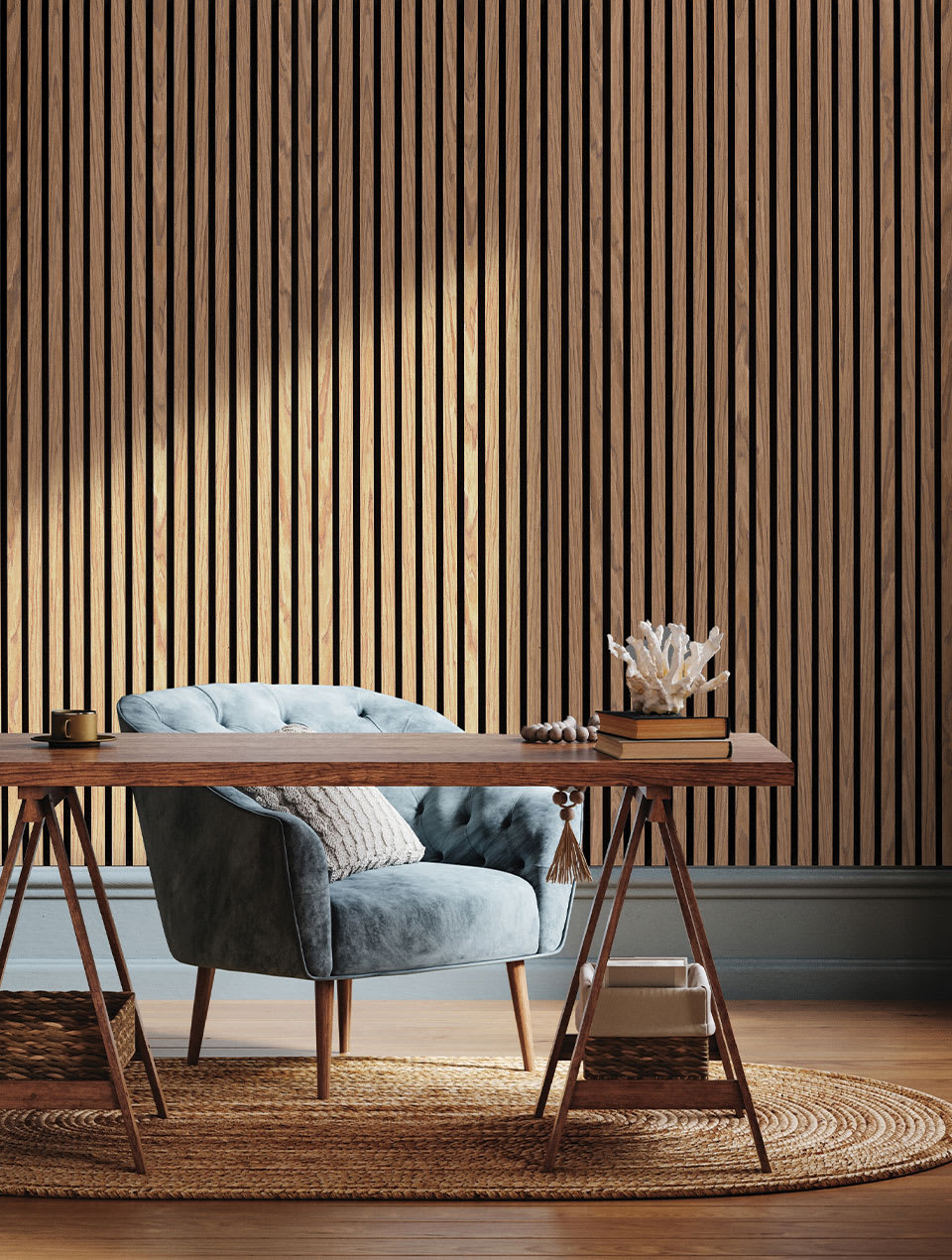
Installation Methods for Solid Walnut Flooring
Nail-Down Installation
This is the most commonly used method for installing solid walnut flooring and is best suited to wooden subfloors. Using a flooring nailer or stapler, each plank is fastened securely through the tongue at a regular interval, ensuring a tight and stable fit. This method is typically recommended for installations above ground level, such as main floors or upper levels, and should be avoided in basements or other high-moisture environments.
Glue-Down Installation
Though less common for solid flooring, the glue-down method is another viable option, especially when nail-down is not feasible. A high-performance adhesive specifically designed for solid hardwood flooring is applied to the subfloor, and the planks are then pressed into place. This method is particularly useful when working over concrete subfloors, but it requires careful surface preparation and adherence to manufacturer guidelines to avoid future shifting or loosening.
It's important to note that floating floor installations are not suitable for solid walnut flooring due to its limited dimensional stability. The natural wood can expand and contract too much without proper anchoring, which may lead to structural issues over time.
Post-Installation Care and Maintenance
Once your new walnut flooring is installed, consistent care will help preserve its beauty for decades. For daily maintenance, sweep or vacuum using a soft-bristled attachment that is safe for hardwood surfaces. This will prevent grit and debris from scratching the finish.
On a weekly basis, clean the floor using a slightly damp microfiber mop paired with a wood floor cleaner formulated specifically for walnut or other hardwoods. Avoid harsh chemicals or steam mops, as these can damage the protective layer and the wood itself.
Furniture should be fitted with felt pads to minimize the risk of dents and scuffs, especially in high-use areas. Placing area rugs in entryways and walkways can also help reduce wear over time. Since walnut is sensitive to sunlight, consider installing window coverings or using finishes that offer UV protection to prevent fading and discoloration.
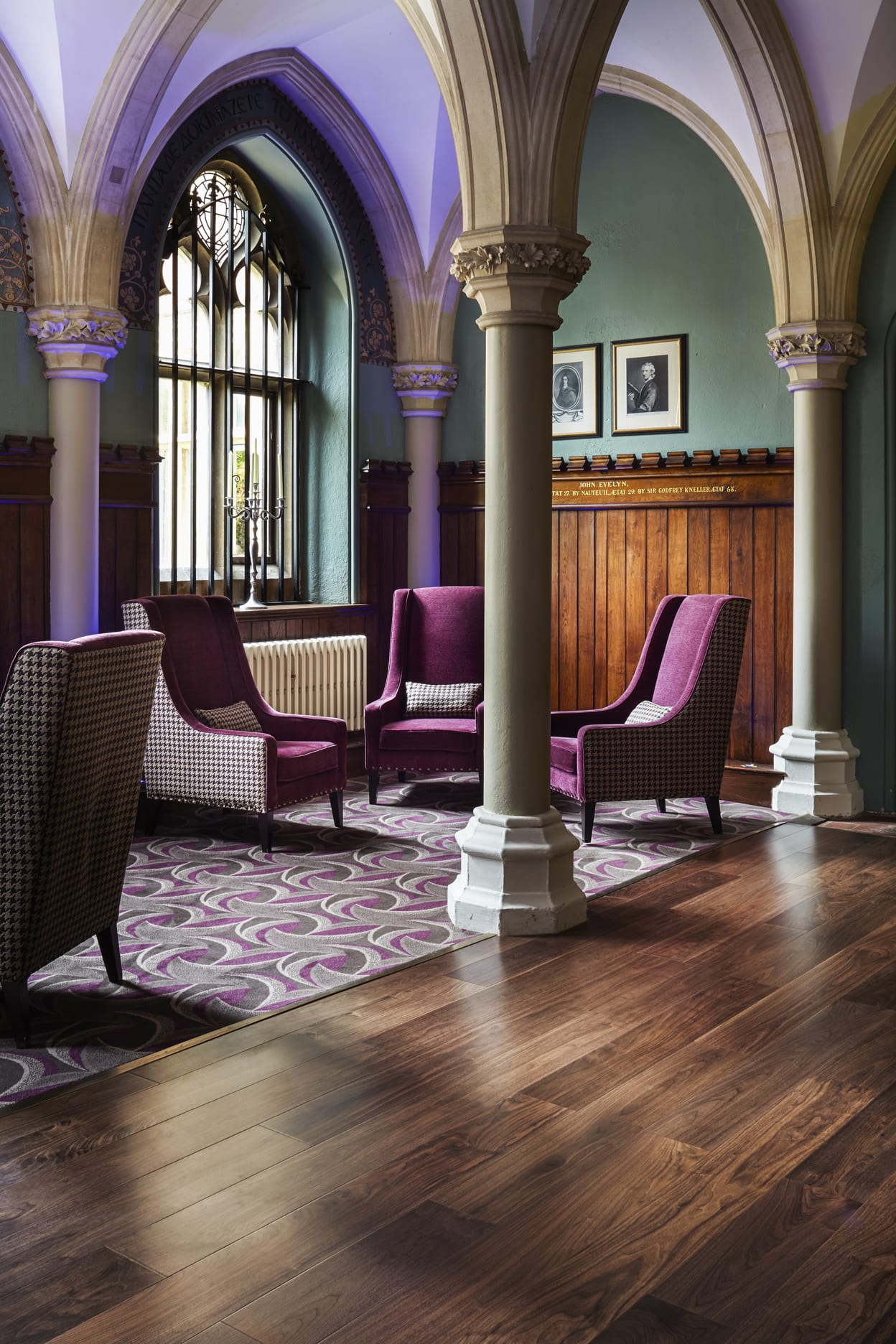
When to Call a Professional
While confident DIYers may be tempted to take on a solid walnut installation themselves, hiring a professional is often the best approach, especially in complex scenarios. Professionals bring the expertise needed to manage challenging conditions such as irregular subfloors, radiant heating systems, or intricate installation patterns like chevron or herringbone.
Additionally, certified installers ensure that flooring is laid in accordance with warranty guidelines and industry standards, offering you peace of mind that your investment is protected from costly mistakes.
Choosing the Right Walnut Product
Not all walnut flooring is created equal. At Havwoods, our product offerings reflect our commitment to exceptional design, structural integrity, and environmental responsibility. While many of our walnut-inspired collections are engineered for enhanced stability, we also provide solid walnut flooring options for homeowners who desire the natural authenticity of a single wood piece throughout.
When selecting walnut flooring, it’s essential to choose planks that are sustainably sourced and meet industry certifications such as FSC®. Protective finishes like UV oil or matte lacquer help maintain the wood’s color and character while making daily upkeep easier. Our tongue and groove profiles offer a secure, straightforward installation process, whether you opt for nail-down or glue-down methods.
To support your flooring journey, Havwoods offers personalized consultations, next-day sample delivery, and a range of high-quality accessories to help ensure the final installation is nothing short of exceptional.
Final Thoughts
Solid walnut flooring continues to be a popular and practical choice for homeowners who value craftsmanship, design, and durability. From its rich visual texture to its long-lasting performance, walnut wood floors elevate the tone and style of any space. With the right preparation and care, your walnut floors will not only make a stunning first impression but also stand the test of time.
If you're ready to explore solid walnut flooring options, Havwoods offers expert guidance and premium products to ensure your next project is both effortless and exceptional.



